Models of Artistic and Architectural Creativity in the Works of John Ruskin
Abstract
The studies devoted to the influence exerted by John Ruskin on architecture in his time and in the following century focused mainly on the Gothic question, on the problem of restoration and on the relationship between image and structure or, more precisely, on the discussion concerning a Ruskinian interest in architecture limited to the surface image or extended to the constructive aspects, and, in general, to the more specifically disciplinary topics in spite of his not being an architect. Less attention has been paid to a subject that is discussed in his work with great lucidity and offers a solid theoretical structure – with immediate operational results – for a change under way in the second half of the 19th century: the model, or rather the different models, of artistic and architectural creativity.
The figure of the creator of architecture, which in Seven Lamps of Architecture tends to coincide with the prototype of the Turnerian visionary artist developed in the first two volumes of Modern Painters – generating decisive aporias in relation to the specific treatment that Ruskin dedicates to architecture – in the evolution of the complex Ruskinian system undergoes substantial changes, offering new paradigms immediately assumed in the reform of the discipline initiated by William Morris and the Arts and Crafts movement, but active throughout the next century and still fully operational in architectural culture.
The present contribute - part of a more extensive research in progress - focuses mainly on the drafting of The Seven Lamps of Architecture, at first conceived as part of Modern Painters, with the aim to analyse how the structure of creativity as described by John Ruskin changes in the transition between art and architecture leaded by two main figures: the artistic personality of a visionary on one side and, on the other, the anonymous as a paradigm of architecture.
Parole chiave
Full Text
PDF (English)DOI: https://doi.org/10.14633/AHR071
Refback
- Non ci sono refbacks, per ora.
Copyright (c) 2018 Giovanni Leoni

This work is licensed under a Creative Commons Attribution-NonCommercial 4.0 International License.
........................................................................................................................................................................................................................................................................................................................................................
ArcHistoR è una rivista open access e peer reviewed (double blind), di Storia dell’architettura e Restauro, pubblicata con cadenza semestrale dall'Università Mediterranea di Reggio Calabria (Laboratorio CROSS - Storia dell'architettura e Restauro, dAeD - Dipartimento di Architettura e Design).
ISSN 2384-8898
![]()

Comitato scientifico internazionale
Maria Dolores Antigüedad del Castillo-Olivares, Monica Butzek, Jean-François Cabestan, Alicia Cámara Muñoz, David Friedman, Alexandre Gady, Jörg Garms, Miles Glenndinning, Mark Wilson Jones, Loughlin Kealy, Paulo Lourenço, David Marshall, Werner Oechslin, José Luis Sancho, Dmitrij O. Švidkovskij
Comitato direttivo
Tommaso Manfredi (direttore responsabile), Giuseppina Scamardì (direttrice editoriale), Antonello Alici, Salvatore Di Liello, Fabrizio Di Marco, Paolo Faccio, Mariacristina Giambruno, Bruno Mussari, Annunziata Maria Oteri, Francesca Passalacqua, Edoardo Piccoli, Renata Prescia, Nino Sulfaro, Fabio Todesco, Guglielmo Villa
 .
. 


2.jpg)
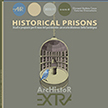
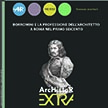

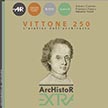
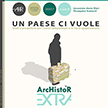
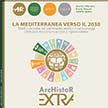
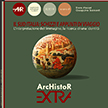
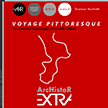
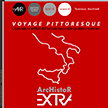
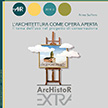
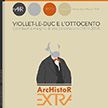
_2.jpg) .
. 
 .
. 

